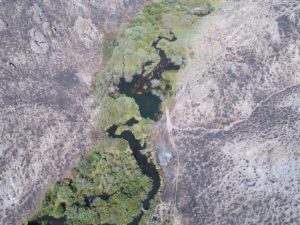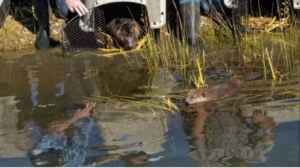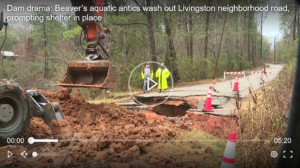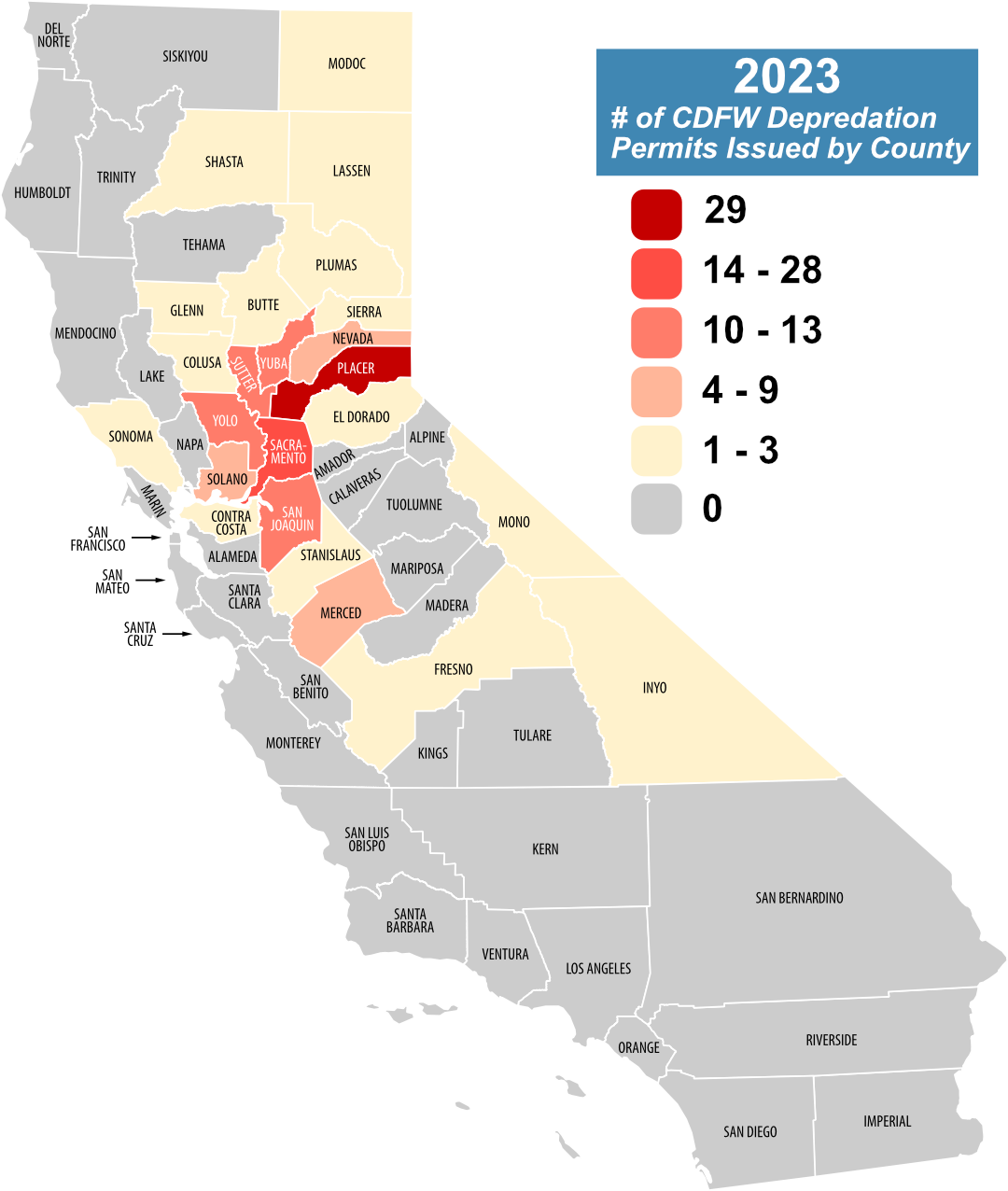I like to imagine a better world for beavers. You know one where every culvert installed comes with its own built in beaver deceiver. Where farmers and ranchers get dollar incentives for every beaver dam on their land.
Where volunteers use welded wire to wrap trees in IDAHO. Oh wait, that’s not a dream
Volunteer program protects some Boise River trees from browsing beavers
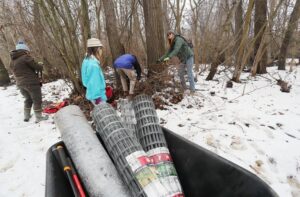 BOISE — The remaining snow on the ground along the Boise River on Tuesday provided a snapshot of the local wildlife scene.
BOISE — The remaining snow on the ground along the Boise River on Tuesday provided a snapshot of the local wildlife scene.
Small clusters of four prints? Squirrels. Clusters of two prints with elongated toes and webbed feet? Beavers.
Beavers make their homes along the Boise River, and are well-known for engineering the river ecosystem by felling trees, building dens, and creating ponds that provide habitat for lots of different species, said Kristin Gnojewski, community volunteer coordinator for the city of Boise.
In the winter, they switch from eating grasses and reeds to tree trunks. A beaver can kill a tree when it gnaws a continuous ring around its trunk, even if it doesn’t topple the tree.
Idaho!!! The state where obstetricians are afraid to work becaus3 the laws about pregnancy are too dangerous to practice. Fencing trees for beavers!And its not even chicken wire! Be still my heart!
The city manages about 12.5 miles of riverbank on either side of the Boise River, and on Tuesday, Gnojewski was leading a group of volunteers in protecting black cottonwoods and other tree species along the river from hungry beavers. The program, which has been ongoing for more than a decade, involves volunteers placing a loose cage of chicken wire or other wire around the base of trees, preventing the beavers from approaching it close enough to chew it.
In late December, a Facebook post from the Boise Parks and Recreation Department inviting the public to sign up for volunteer slots to wrap trees elicited impassioned comments from beaver detractors and advocates alike.
“Do you one better and bring in trappers,” one poster said.
“Excuse my ignorance, but is it not the beaver’s natural habitat … wiring the trees won’t that cause harm to these beavers?” another said.
The post was soon updated to clarify the reasons for the city’s program.
Though the Boise River may seem like a wild or semi-wild area, it is a highly engineered environment, Gnojewski said. As the city of Boise developed, having a river that regularly changed course and burst its banks became a liability. Engineers at the time worked to straighten and channelize the river, adding levees, to keep it on the same course.
Ahh that’s the kind of fevered snark I’d expect. But would trappers be better They will only fix the problem until the next beaver comes along. This will fix it long term. Well done!
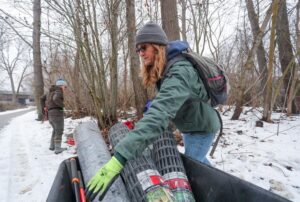 But the lack of regular flooding has impacted the ecology of the trees that line the river’s banks. Black cottonwoods, one of the beavers’ favorite foods, is a keystone species, meaning that it supports many other species in the river ecosystem, Gnojewski said.
But the lack of regular flooding has impacted the ecology of the trees that line the river’s banks. Black cottonwoods, one of the beavers’ favorite foods, is a keystone species, meaning that it supports many other species in the river ecosystem, Gnojewski said.
The trees grow tall, providing shade that cools the river, keeping it habitable for different fish species, she said. The nutrients from its fallen leaves provide food to aquatic insects, and its roots prevent erosion, she said.
Though the cottonwoods are known for their copious, fluffy seed production, baby black cottonwood seeds sprout best in areas that have flooded recently, something that doesn’t happen along the river regularly any longer, Gnojewski said. The city’s goal is to protect cottonwoods of many ages, which means identifying some trees to wrap, encouraging the beavers to move on to other trees, Gnojewski said.
“We’re trying to do what we can to preserve some of the genetic diversity of the mature trees, as well as some of the younger trees, so we constantly have this maturing forest,” she said.
The goal is not to wrap every tree, just some, she said.
The Idaho Department of Fish and Game believes the beaver population along the Boise River to be healthy, Gnojewski said.
Gnojewski is leading volunteer workdays for tree wrapping most Tuesdays at various locations from 10 a.m.-noon this winter. Interested people can check the schedule and sign up through the city’s website.
You know Martinez made us all sign a “hold harmless” contract to have volunteers planting trees of wrapping trees. Do you think Boise does that ?
“It just feels good, and it’s important work,” Rohlfing said, noting the river’s importance to recreation and agriculture. “I think anything I can do if I have time to help give back is just the right thing to do.”
Howard Sheppa, another volunteer, said, “We’re so fortunate to have all of this — the beavers, the birds, the fish, and everything else. That’s pretty special, very special. Well worth the effort to protect.”


